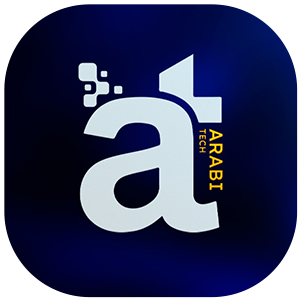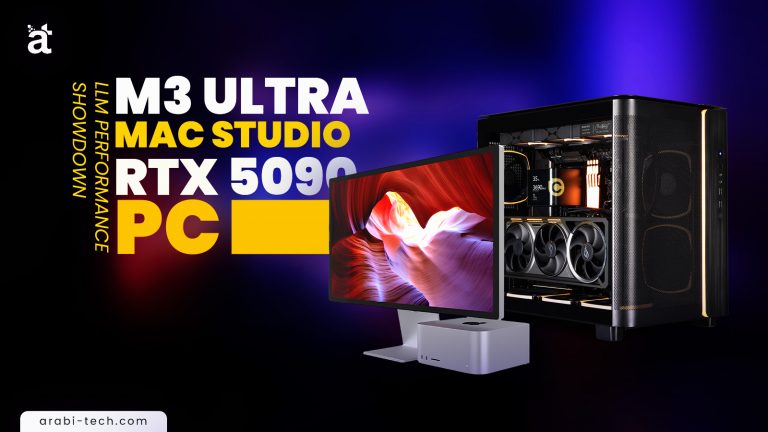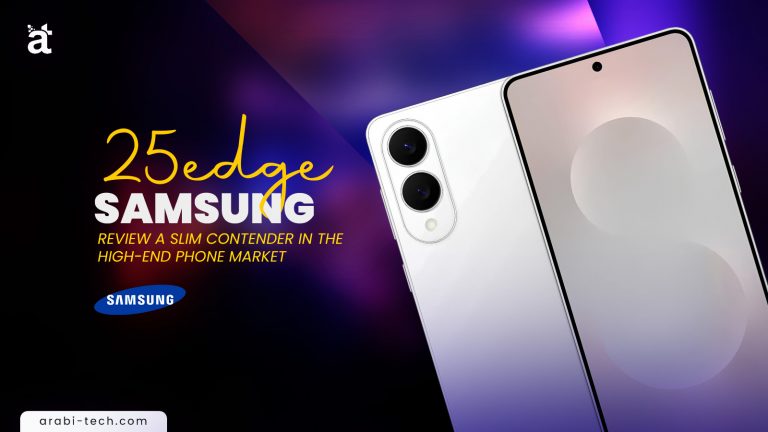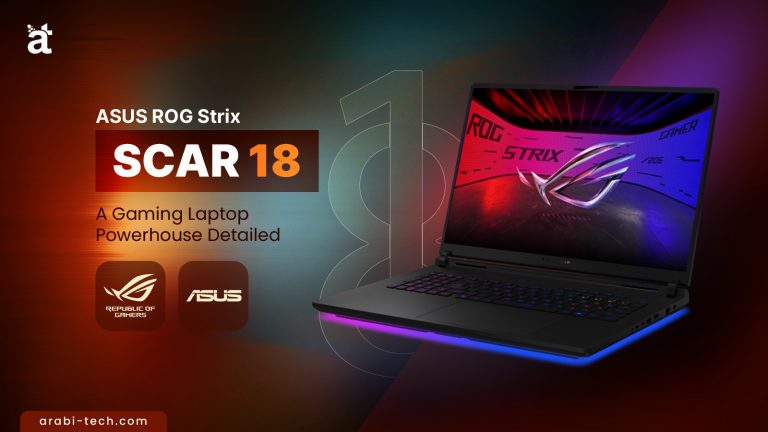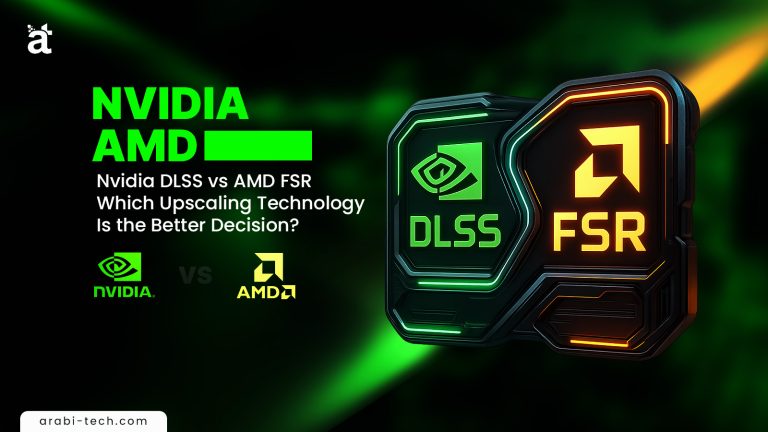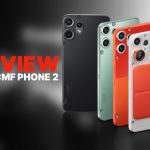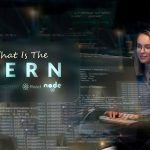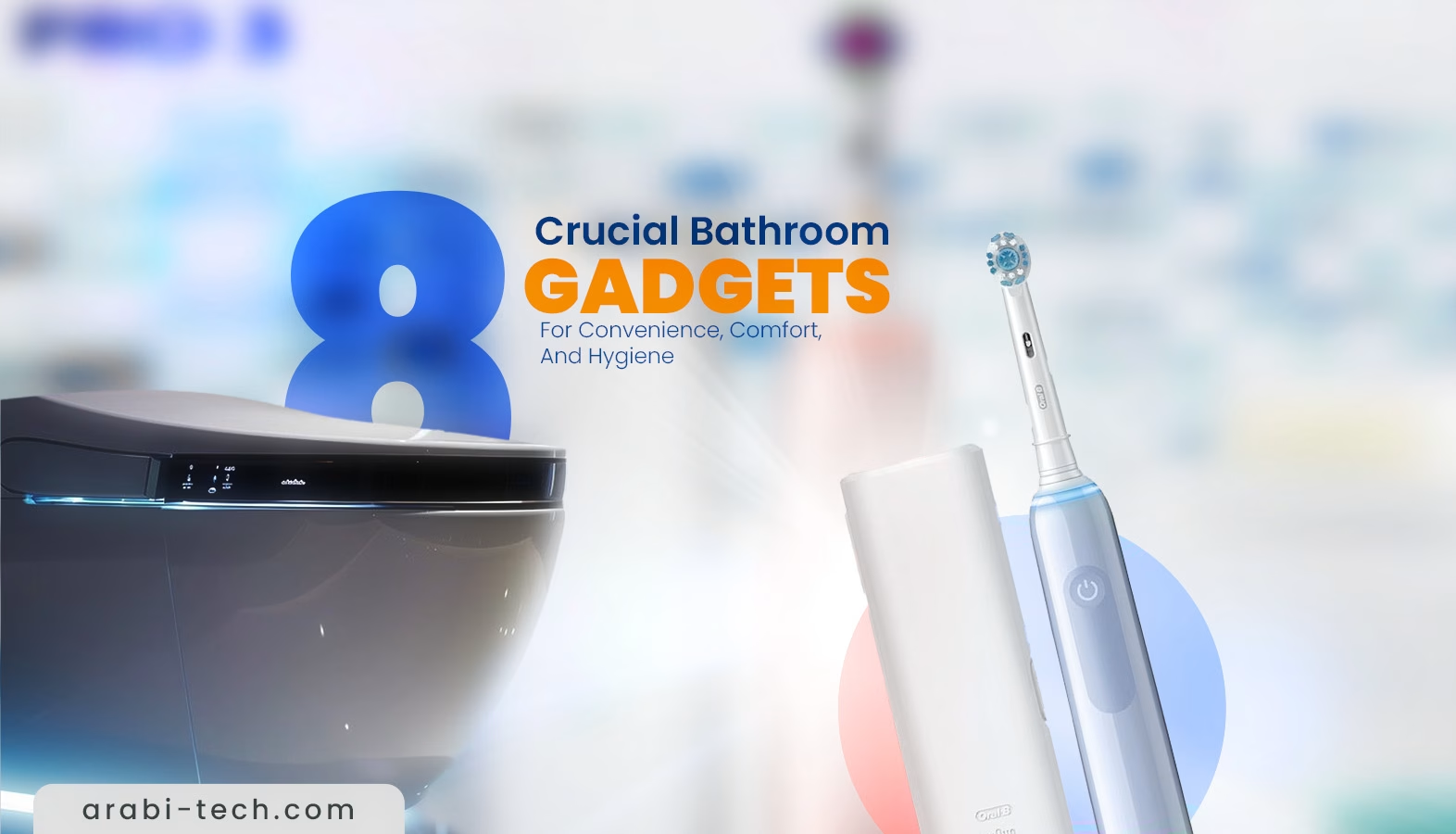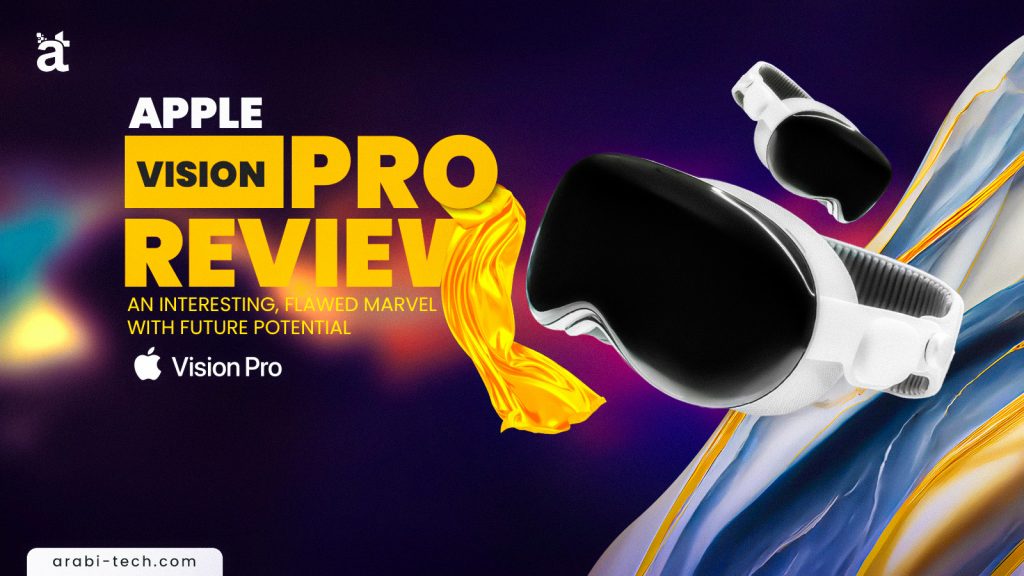
Audio article :
Table of Contents
Apple Vision Pro Review: An Interesting, Flawed Marvel with Future Potential
There’s a strong positive reaction to this device, not because it’s flawless—it is far from flawless—but because it is genuinely interesting. This contrasts with many recent Apple product releases which have often been perceived as “boring” or mere “spec bumps” with little new to offer. This device, however, is different.
While fundamentally a VR headset, it’s a new product category for Apple, and it incorporates many elements in a way that only Apple would attempt. Just as interesting as the individual product is the possible future it implies. First-generation products often carry goals for future iterations, as seen with the original iPhone, Mac, and iPad. Uniquely, this first-generation product already bears the “Pro” moniker, which comes with its own set of implications.
This assessment is based on extensive use: hours spent with the Vision Pro, utilizing both included bands, connecting with multiple Macs, in various setups, different rooms, both indoors and outdoors, and in varying light conditions. There are parts of this experience that are absolutely amazing, unparalleled, and the best seen in this product category. The reason it’s so compelling is precisely because it is new, and with that novelty come inherent downfalls, flaws, and trade-offs.
A prior overview detailed a preliminary pros and cons list. It’s recommended to view that as a prequel to this deeper dive.
Upsides Highlighted:
- Immersiveness (now refined to “Fidelity”)
- Placement of virtual objects in physical space
- Eye and hand control
- Passthrough quality
- Ecosystem integration
- Spatial audio
Downsides Noted:
- Weight and comfort
- “Eyesight” feature (external display of user’s eyes)
- Current app selection
- Battery life
- Price
The Visual Experience
The term “immersiveness” is perhaps better described as “fidelity.” Having used numerous VR headsets, the Vision Pro possesses the sharpest, best-looking Micro-OLED display experienced to date. The individual pixels on these displays are 7.5 microns, meaning 64 of them could fit into the area of a single iPhone screen pixel. Consequently, individual pixels are indiscernible, and there is no “screen door effect.” The visual quality is, simply put, awesome.
The native refresh rate is 90Hz, which can increase to 96Hz when 24fps content is playing to ensure an even multiple for smoother playback. Apple states that every Vision Pro display is calibrated from the factory for maximum color accuracy. These displays are very good and are a significant contributor to the headset’s high price.
However, a recurring theme is that the Vision Pro’s ambitious features run up against the limitations of current technology. For example, the internal computer cannot render everything in the user’s view at high resolution and 90Hz simultaneously due to the sheer number of pixels in the displays. To address this, Apple employs a clever technique combining incredibly fast eye-tracking with foveated rendering. This means only the precise area the user is looking at is rendered in high resolution, while the periphery appears softer and fuzzier. This mimics natural human vision and works well; users don’t consciously notice it because the area of focus is always sharp. This foveated rendering effect is even visible in screen recordings taken from the Vision Pro. Screen recordings captured via developer mode in Xcode can be 4K and render everything in high quality, but this can lead to choppy scrolling as the internal computer isn’t accustomed to rendering the entire scene at maximum quality all the time.
While the screens and positional tracking of objects in space are great, and eye-tracking is incredibly good, one aspect detracts slightly from the overall fidelity or immersion: the field of view (FOV). Initially, this might not be very noticeable due to the novelty of the device and the impressive eye-tracking. However, with extended use, it becomes apparent that the physical edges of the headset are further inward than the edges of natural human vision, creating a slight “looking into a large tunnel” effect, with some chromatic aberration around the periphery. Apple has not published official FOV numbers for the Vision Pro, likely intentionally, as comparisons reveal that devices like the Quest 3 offer a better, wider field of view. If one aspect of the Vision Pro could be changed to enhance immersion, it would be a wider FOV.
Passthrough: Interacting with the Real World
The Vision Pro has the best passthrough video quality of any headset experienced so far. This clarity is unsurprising given Apple’s long-term ambitions for augmented reality (AR) and overlaying digital information onto the real world. With current technology, truly transparent AR glasses are not yet feasible. Therefore, Apple has opted for a VR headset that uses the highest quality camera feeds and internal displays possible to create an experience that almost feels like looking directly through the device at the real world.
Upon putting the headset on, the first view is the passthrough (akin to transparency mode on headphones). The sharpness, colors, and very low latency are so good that no eye fatigue is experienced, even when eyes are inches from the screens. Users can interact with the real world, pick up objects, walk between rooms without tripping, and even catch items thrown to them. Playing table tennis successfully while wearing the headset is possible, which is remarkable considering the underlying technology.
Apple claims a total latency of 12 milliseconds from outside light hitting the external sensors to the updated image hitting the user’s eyeballs on the inside displays. This incredibly fast performance, which includes the exposure time of the cameras, is attributed to the specially designed R1 chip.
However, it is still a system of cameras and screens. Today’s technology isn’t magic. Camera sensors still require exposure, and ISO and shutter speed settings apply. This becomes evident when looking at bright objects or in high dynamic range environments. While the Vision Pro handles a variety of situations impressively, generally prioritizing smoothness and high shutter speeds (which can lead to increased ISO and more noise, especially in darker environments), some visual artifacts can occur. For instance, hand occlusion (hands passing in front of virtual objects) can sometimes break or look janky, and objects might appear to float slightly in XYZ space in lower lighting conditions. Again, it’s the best passthrough seen with today’s technology, but there is still a long way to go for a truly seamless AR experience.
Ecosystem: A Key Strength
Honestly, the ecosystem integration is arguably the strongest argument for a regular consumer to consider purchasing today’s version of the Vision Pro. Built-in apps like iMessage and Photos work perfectly, just like on an iPhone or iPad, with content syncing across devices. Continuity features allow, for example, copying text on a Mac or iPhone and pasting it directly into the Vision Pro.
Two ecosystem features are particularly impressive:
- FaceTime: This is the most “only Apple could ship this” experience seen in a long time. From the “Persona” (a 3D avatar scanned by the front cameras of the headset) to the positional tracking and responsiveness of spatial audio, the entire implementation is remarkably well thought out. Once all participants on a call get past the initial shock of seeing virtual representations, the conversation can feel even more natural than a standard FaceTime call. It trades the downside of not being able to hold physical objects up to a camera for a button that switches the view to a real-time, first-person perspective from the headset, allowing the use of both hands.
- Mac Virtual Display: This is a standout favorite feature, even more so than watching movies. While remote desktop viewing is possible on other headsets like the Quest 3, the Vision Pro’s implementation is far more interesting. It connects to a Mac and then intakes and re-renders a new virtual display for that Mac, rather than simply mirroring what’s already shown. This allows users to continue using their Mac with its existing controls but with a new, resizable virtual monitor that can be made as large as desired. Furthermore, users can open simultaneous Vision Pro native apps and place them all around this Mac display—on walls, floating in mid-air, pinned to other objects, etc.
Is this Mac Virtual Display perfect? No, there are trade-offs. Little things, like not being able to see the physical keyboard when in a fully immersive environment, or only being able to have a single virtual Mac monitor at a time, are limitations. The need to always look directly at what is being controlled also requires some extra mental effort. However, despite these, it remains a number one favorite feature of this Vision Pro. The difference it makes is akin to the social contrast between using a laptop conventionally in a coffee shop versus using this headset. There was even a moment of “phantom window syndrome” – after using the Vision Pro for a while with a virtual Mac display and other windows placed around, then taking the headset off, there was an instinctive glance towards a wall where a virtual window was expected, only to remember it wasn’t physically there.
Spatial Audio
Regarding spatial audio, the sound quality from the integrated speakers is impressive for not being actual headphones. However, audio does still bleed out into the surrounding environment. Anything over half volume is easily audible to everyone else in the room.
Apps: A Developing Landscape
Speaking of apps, this is an area where the Vision Pro currently shows weakness, though it’s a developing situation that will likely improve. On launch day, there are literally 600 apps made specifically for the Vision Pro. While this might sound like a lot at first, it’s relatively few for a new platform. There are also millions of other iPad apps that are “compatible” with the Vision Pro and will show up in the App Store.
The few native Vision Pro apps that are available are pretty incredible, and they all tend to find unique and creative ways to take advantage of the 3D space. It’s fully believed that the rest of the developer community is also still trying to figure out what to do with the 3D space in their own apps, or even if it makes sense to do anything at all beyond the normal iPad app experience.
At this point, there are way more cool ideas about VR and AR experiences than there are actual, implemented apps. For instance, concepts like gamifying vacuum cleaning by overlaying interactive elements on the floor, or watching an F1 race with a virtual track overlay and multiple data feeds, look genuinely better than current real-world counterparts. However, these are often concepts or tech demos, not fully realized, commercially available apps yet. The desire to watch an NBA game courtside in the Vision Pro is strong, but that specific experience doesn’t exist yet.
Apple jumping into this new space, with all the associated implications, has unlocked a new creative layer for people to dream of novel AR and VR experiences. It will be up to developers to actually create these experiences, working within the constraints of today’s technology.
As of right now, there are not a lot of apps. Notably, there is no native YouTube app, no Netflix app, no Spotify app, and no TikTok app yet. Hopefully, Apple can patch up relationships with these developers because getting those major apps will make the Vision Pro a better product. But as it stands, app availability is a definite weakness of this first-generation device.
Comfort and Weight: The Strap Dilemma
It’s widely acknowledged that this is not the most comfortable headset. The reason is clear. First, the weight: it’s true, the Vision Pro weighs about 25% more than many other headsets. For example, the Quest 3 is mostly plastic and weighs around 515 grams. The Vision Pro, constructed from metal and glass, weighs nearly 650 grams. Initially, it might seem Apple didn’t prioritize weight.
However, that’s not entirely accurate. Teardowns and internal examinations reveal that the Vision Pro is built incredibly efficiently, using materials like carbon fiber and magnesium, among other lightweight components. Despite these efforts, there’s still considerable heft.
The primary problem lies with the included Solo Knit Band. This is the strap featured in all the commercials and on Apple’s website, and it’s the one showcased in Apple Stores because it looks so cool. When Apple decided to enter the VR headset market, they aimed to reinvent several aspects, including the input method and the strap design. The Solo Knit Band was one of these reinventions. Aesthetically, it’s impressive; the adjustment wheel satisfyingly tightens internal cables, and it looks iconic and functional.
However, when you put the headset on using the Solo Knit Band, it tightens against the front of your face. This places almost all the weight on two main pressure points: right above your eyes and on your cheeks. The more you tighten it to prevent light leak, the more uncomfortable it becomes. It’s very difficult to wear this headset with the Solo Knit Band for more than 30 to 45 minutes. After that duration, there’s a strong urge to take it off. The discomfort isn’t from neck strain as much as it is the concentrated pressure on the front of the face.
Apple is aware of this. That’s why they’ve also included a second band in the box: the Dual Loop Band. It’s super easy to pop one band off and attach the other. The Dual Loop Band is not as cool-looking as the Solo Knit Band, it will mess up your hair more, and it’s not as easy to adjust (relying on Velcro at the top). However, it takes a significant amount of pressure off the front of your face by using the top of your head to support the weight. This makes it so much better for wearing for extended periods. For instance, a two-hour podcast recording was completed while wearing the Dual Loop Band, something that would have been impossible with the Solo Knit Band.
So, if the headset is just being handed to someone to use for about five minutes, the Solo Knit Band is great because it’s quick, doesn’t mess up hair, and is easy to adjust. But for anyone planning to use the Vision Pro for an extensive period, the Dual Loop Band is, 100%, the way to go.
Eyesight: The External Display Feature
The “Eyesight” feature—the eyes displayed on the outside of the headset—may not be actually accomplishing what Apple probably intended. This again comes down to the difference between current technology and future aspirations. The ultimate goal might be truly see-through AR glasses. That’s not possible with today’s tech. So, the closest current approximation is a lenticular display on the outside of the VR headset that shows a representation of your eyes, allowing others to see you and you to “see” them.
Having tried Eyesight personally and observed others in the studio using it, the feature is not very visible. The smooth glass of the headset is incredibly reflective, meaning there’s almost always some light bouncing off it in a way that makes the displayed eyes hard to see. Even if you can see them, the image is pretty low resolution due to the lenticular display technology. The bottom line is that it doesn’t actually feel like making eye contact most of the time, which is very different from what might have been seen in Apple’s advertisements. This is especially true for users with darker skin tones.
It’s a point of speculation whether Apple, in the next generation Vision Pro, will double down on Eyesight or get rid of it. Given its iconic status as part of the headset’s design, it’s likely to stay. However, considering this is “Vision Pro,” it implies a potential, less expensive “Apple Vision” model down the road. With such a model, would Eyesight be a feature that’s removed to cut costs? Only time will tell.
Conclusion:
An Expensive, Fun, First-Generation Toy with Immense Potential
At the end of the day, when asked for a true opinion on the Vision Pro, the assessment is this: the Apple Vision Pro is a really expensive, really fun toy.
It’s an incredibly fun piece of technology to play with. Watching the pieces of media built specifically for Vision Pro is enjoyable. Playing some of the new early games that take advantage of the 3D space and the hand controls is engaging. The idea of getting on a plane and editing videos on a Mac via the virtual display or watching a movie on a gigantic screen while the person next to you can’t see any of what you’re doing – that stuff is also very appealing. If one is considering buying it, they should expect to enjoy all of that same fun.
However, one must definitely note all the symptoms of a first-generation product are very much still present. It’s heavy, there aren’t a lot of apps, the battery life is mediocre, and it’s expensive.
The bigger question is: Is the Vision Pro a guaranteed success in the future? The first-generation iPhone had all the same downfalls in its generation, and look at where we are now. The same can be said for the Apple Watch and the iPad. But success isn’t automatic. There has to be something about this specific product that people actually like, something that makes them willing to overlook the first-generation downfalls. It is believed this device has that something. It’s honestly the sci-fi, fun nature of controlling things with your hands, moving windows around the room – that “sci-fi movie” energy. This headset has that.
Will all this new attention on VR headsets in general shine a lot of light on all the other, much cheaper competitors that one should probably buy instead (like the $500 Quest 3)? Yes. Will all this new developer attention in the VR/AR space bring a lot of way cooler, way more awesome applications that will rapidly improve the value proposition of this $3,500 first-gen headset? Yes.
Should a consumer go out and buy one if they have the money and saw one or two really cool-looking app demonstrations? Sure, it’s their money. Regardless, the excitement for the next generation is already very high.
Best Article of the Month:
- Smart Travel: How Digital Tools Are Changing The Way Vacations Are Taken
- The 10 Best Cool Gadgets To Give Your Friends And Family
- The Best Time Of Year To Buy Laptops, Phones And More
- Top 5 IoT Sensors That Every Farmer Needs For Smart Farming
- Review the CMF Phone 2 Pro
- Samsung S25 Ultra: A Reassessment After Three Months
